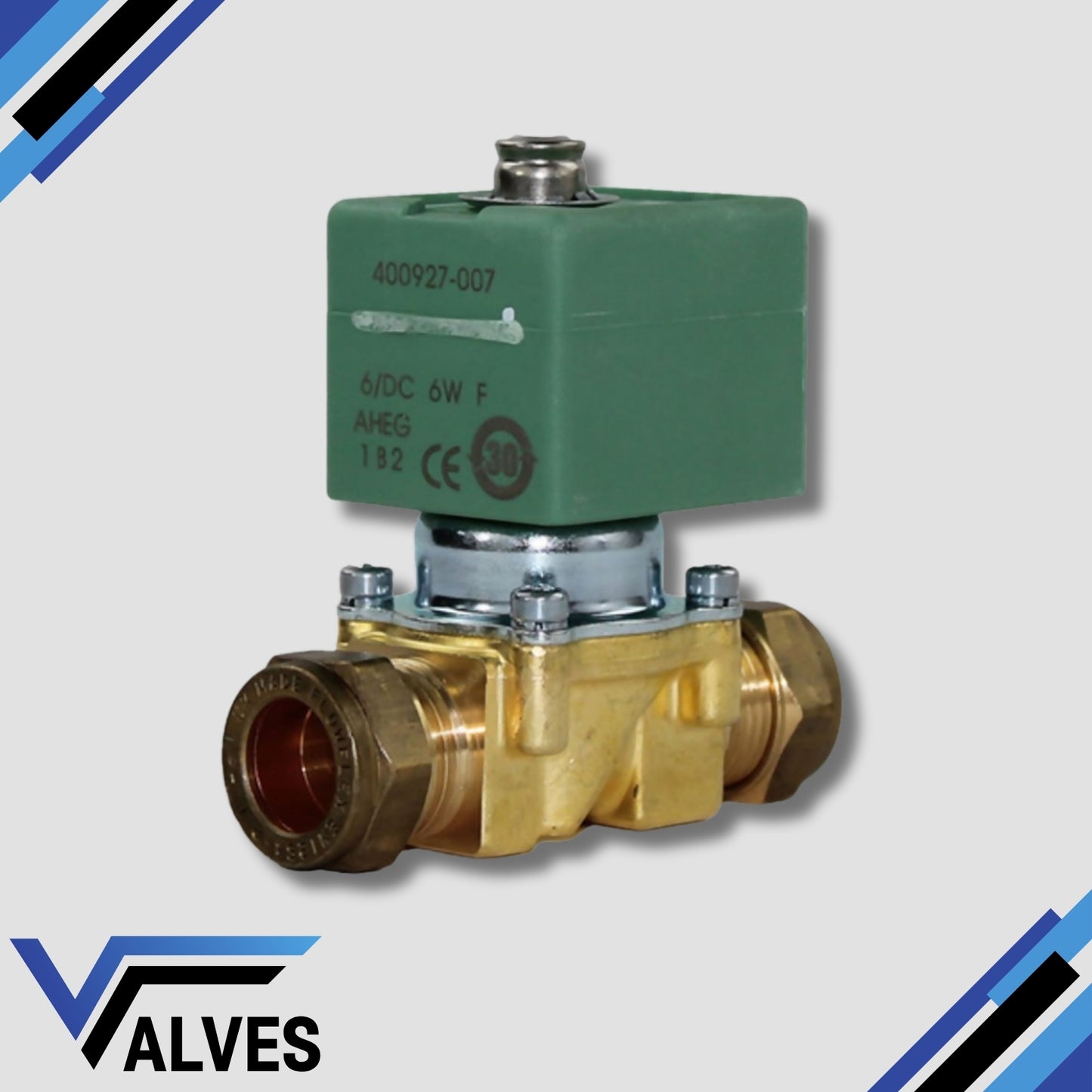Valves UK
ASCO X210525720002F3 Solenoid Valve 12DC
ASCO X210525720002F3 Solenoid Valve 12DC
Couldn't load pickup availability
IN STOCK - SAME DAY DISPATCH
The Asco X210525720002F3 Solenoid Valve 12DC is a high-performance general service valve designed for reliable operation in demanding industrial environments. Built with precision and durability in mind, this 12V DC solenoid valve delivers consistent control of air, gas, and fluid media, ensuring dependable performance in automation and process applications. As part of Asco’s trusted solenoid valve range, the X210525720002F3 combines robust construction with efficient response times, offering long service life and low maintenance.
No Plug Kit
Key Features:
Voltage: 12V DC for efficient low-voltage operation
Reliable performance across varying pressures and temperatures
Compact, durable construction ideal for space-constrained installations
Fast response time for precise control of air, gas, and liquids
Designed by Asco, a leading name in solenoid valve technology
Share

Enquire Online!
FAQ's
What is the difference between a valve and an actuator?
What types of actuators are available?
The main types of actuators are:
Pneumatic actuators – use compressed air for fast, reliable operation.
Electric actuators – use electrical power for precise control.
Hydraulic actuators – use fluid pressure for high-torque applications.
Each type offers unique advantages depending on the environment, media, and system control needs.
How do I choose the right actuator for my valve?
To select the correct actuator, consider:
Valve type and torque requirement
Power source available (air, electric, or hydraulic)
Operating environment (temperature, humidity, hazardous area)
Control signal type (on/off or modulating)
Matching actuator torque and compatibility with the valve’s ISO mounting ensures reliable performance.
What are the main types of valves used in automation?
The most common valves in automated systems include:
Ball valves – for tight shutoff and quick operation.
Butterfly valves – for larger flow control with compact design.
Globe valves – for precise throttling and flow regulation.
Check valves – to prevent backflow.
Gate valves – for full bore flow isolation.
What’s the difference between a double-acting and spring-return actuator?
Double-acting actuators use air (or power) to both open and close the valve.
Spring-return actuators use air to open (or close) the valve, and a built-in spring to automatically return it to a safe position when power or air is lost — ideal for fail-safe operation.
How often should valves and actuators be serviced?
Regular maintenance intervals depend on operating conditions, but a good rule of thumb is to inspect every 6–12 months.
This includes checking for leaks, lubrication, seal wear, and actuator responsiveness to prevent unexpected downtime.

